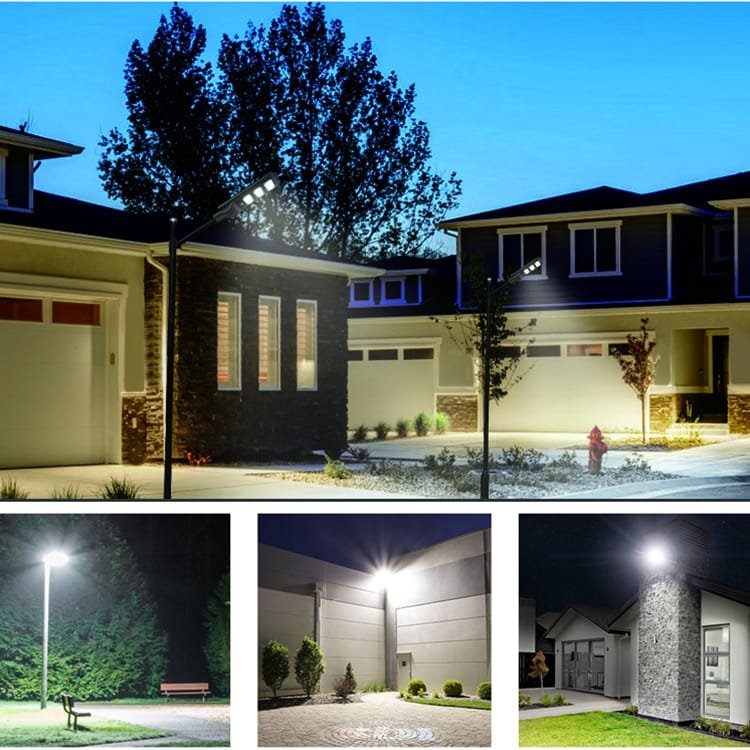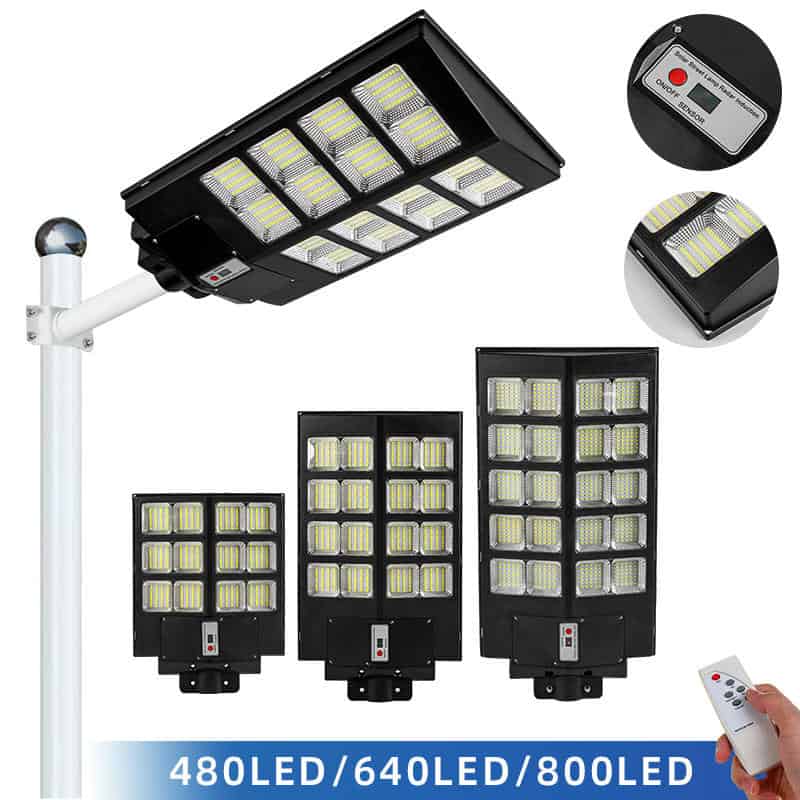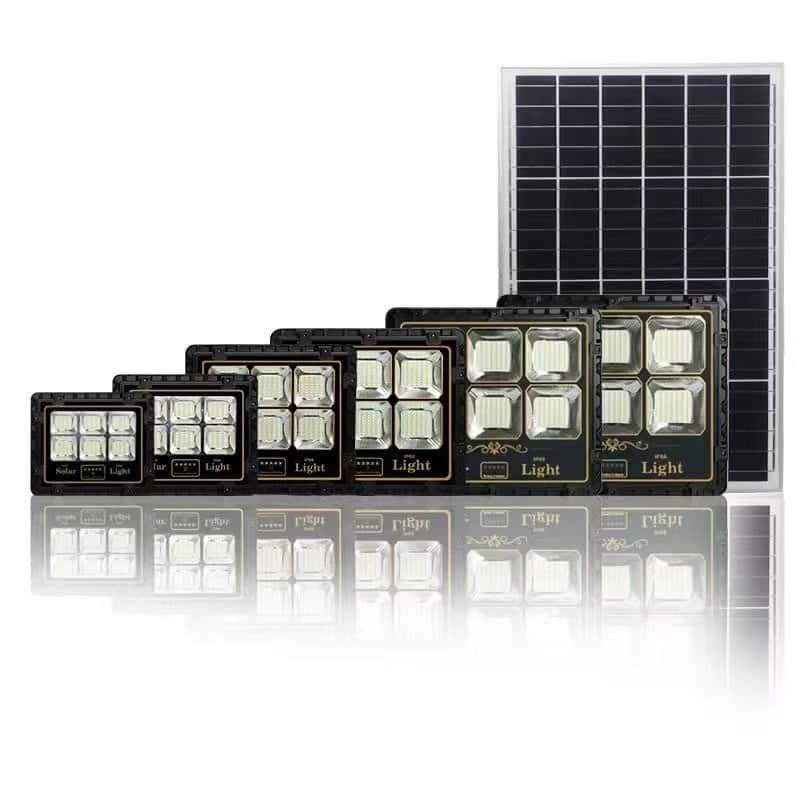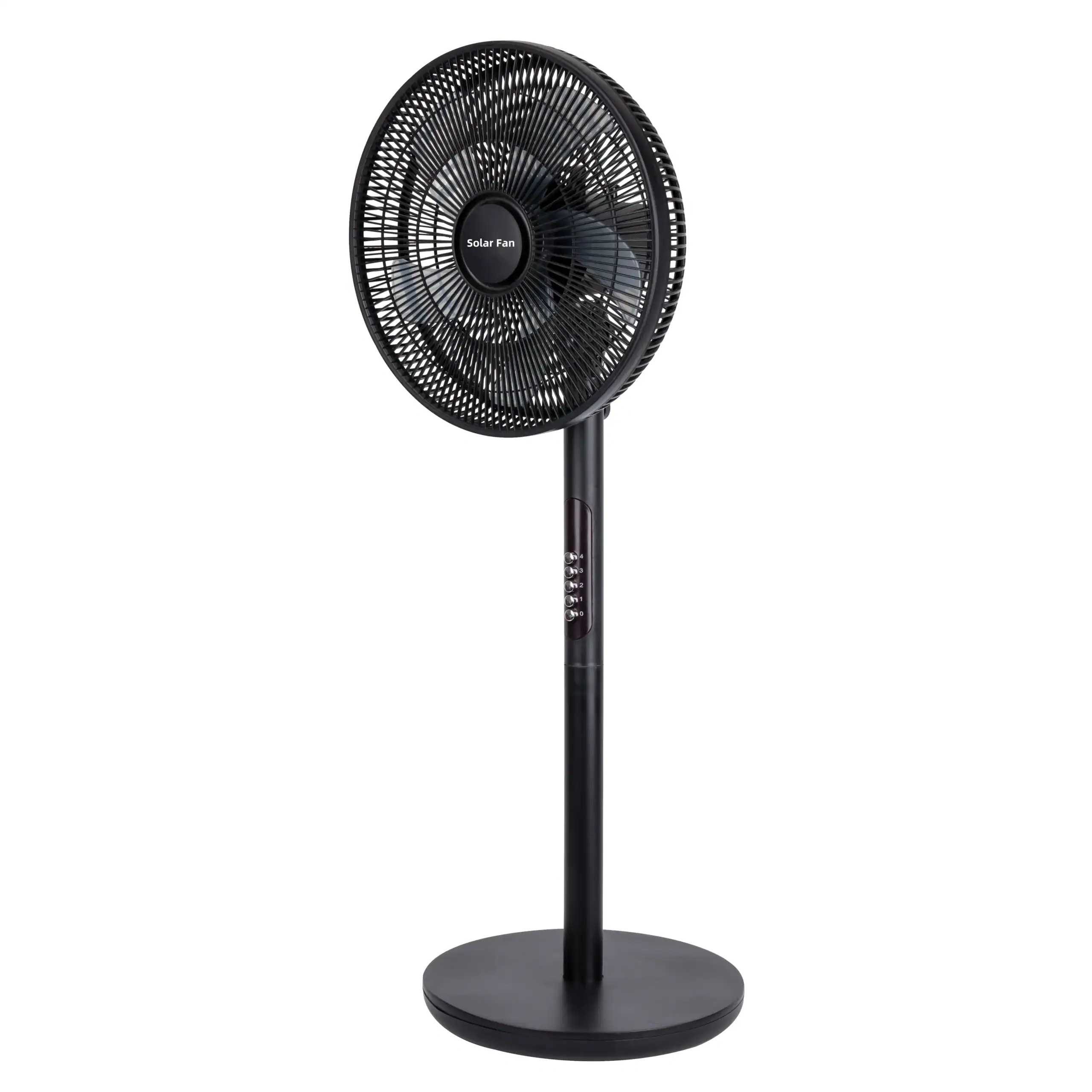Why Solar-Powered Street Lighting is a Game-Changer for Modern Communities
1. Introduction: The Power of Solar Street Lighting
Solar street lamps are revolutionizing urban and rural landscapes by providing clean, reliable, and cost-effective illumination. Whether for city roads, residential pathways, or remote villages, these systems combine cutting-edge technology with sustainability. Let’s dive into their core characteristics, unmatched advantages, and versatile functions.

2. Key Characteristics of Modern Solar Street Lamps
2.1 Core Components
Every solar street lamp relies on four essential parts:
- Solar Panels: Monocrystalline or polycrystalline panels (15–22% efficiency) to harvest sunlight.
- Battery Storage: Lithium-ion or lead-acid batteries for nighttime operation.
- LED Lighting: Energy-efficient bulbs with 50,000+ hour lifespans.
- Charge Controller: Ensures optimal energy flow (e.g., MPPT controllers).
2.2 Design Features
- IP67 Waterproof Rating: Resists heavy rain, dust, and extreme temperatures.
- Auto On/Off Sensors: Activates lighting at dusk and switches off at dawn.
- Adjustable Mounting: Poles can be tailored to heights of 6–30 feet.
Explore our solar street lamp components guide for details.
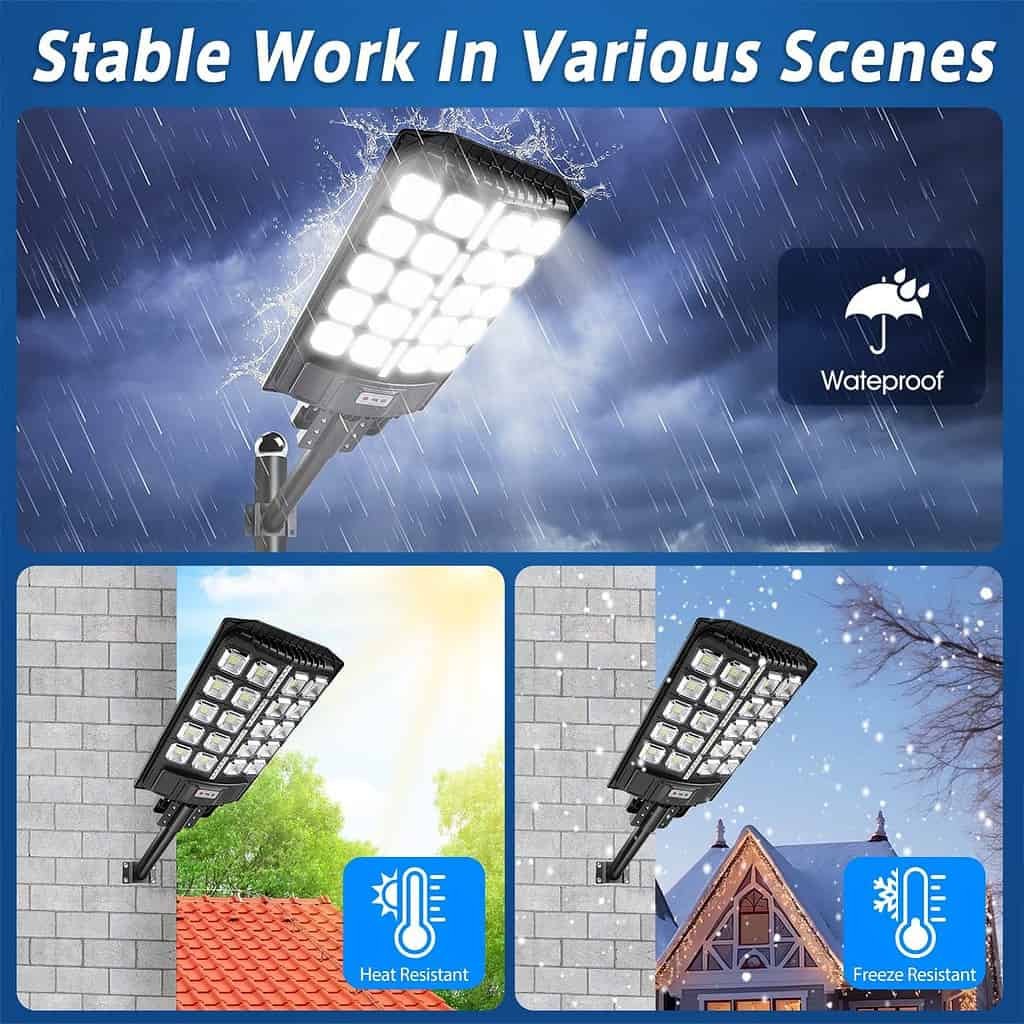
3. Top Advantages of Solar-Powered Street Lighting
3.1 Environmental Benefits
- Zero Carbon Emissions: Reduces reliance on fossil fuels.
- Minimal Light Pollution: Directional LEDs focus light where needed.
3.2 Cost Savings
- No Electricity Bills: Sunlight is free!
- Low Maintenance: Fewer wiring issues and durable components.
3.3 Easy Installation & Scalability
- Wire-Free Setup: Ideal for remote areas without grid access.
- Modular Systems: Expand lighting networks effortlessly.

4. Practical Functions and Applications
4.1 Outdoor Lighting Solutions
- Street & Highway Lighting: High-lumen LEDs (3000–10,000 lumens) for wide coverage.
- Park & Garden Lighting: Decorative designs with warm white (2700K) tones.
4.2 Smart Features for Enhanced Safety
- Motion Sensors: Brightens when movement is detected.
- Remote Monitoring: Control brightness and track energy use via apps.
Learn how smart solar street lights improve urban safety.

5. Overcoming Common Challenges
5.1 Weather Adaptability
- Winter Performance: Lithium batteries work in -20°C to 60°C.
- Cloudy Days: 2–3 days of backup power with quality batteries.
5.2 Maintenance Tips
- Clean solar panels monthly with a microfiber cloth.
- Replace batteries every 5–7 years (check battery replacement guide).
6. Conclusion: Brighten Your Space the Solar Way
Solar street lamps offer unmatched efficiency, eco-friendliness, and versatility. By understanding their characteristics, advantages, and functions, you can make informed choices for homes, businesses, or public spaces.
Ready to upgrade? Browse our solar street lamp collection today!
FAQ (Frequently Asked Questions)
How long do solar street lamps last?
High-quality systems operate for 8–12 years, with battery replacements every 5–7 years.
Can solar lights work in areas with little sunlight?
Yes! Modern panels generate energy even on cloudy days, though output may drop by 10–25%.
Are solar street lamps vandal-proof?
Many models feature anti-theft brackets and tempered glass—check IP and IK ratings.

